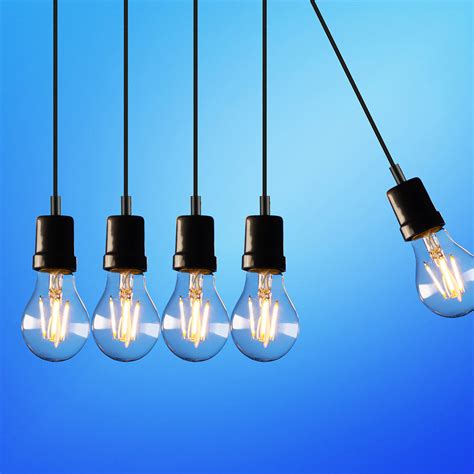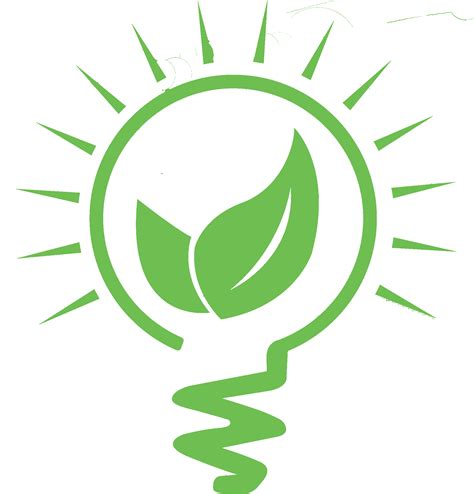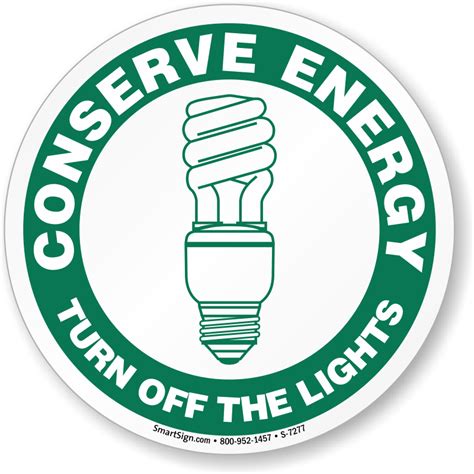Understanding Power Consumption in Embedded Systems
Before diving into specific power-saving techniques, it’s essential to understand the factors that contribute to power consumption in embedded systems. The primary sources of power consumption include:
- Processing units (CPU, GPU, DSP)
- Memory (RAM, ROM, flash)
- Communication interfaces (Wi-Fi, Bluetooth, cellular)
- Sensors and peripherals (display, camera, accelerometer)
The power consumption of these components can be influenced by factors such as:
- Operating voltage and frequency
- Workload and utilization
- Idle and sleep modes
- Data transfer and communication patterns
By understanding these factors, you can make informed decisions when designing and optimizing your embedded system for power efficiency.
Power-Saving Techniques for Embedded Systems
1. System-Level Power Management
System-level power management involves managing the power states of the entire embedded system. This can be achieved through techniques such as:
Dynamic Voltage and Frequency Scaling (DVFS)
DVFS involves adjusting the operating voltage and frequency of the processing units based on the workload. By reducing the voltage and frequency during periods of low activity, significant power savings can be achieved.
| Power State | Voltage | Frequency | Power Consumption |
|---|---|---|---|
| High | 1.2V | 100MHz | 100mW |
| Medium | 1.0V | 50MHz | 50mW |
| Low | 0.8V | 25MHz | 25mW |
Power Gating
Power gating involves completely shutting down unused components or subsystems to eliminate leakage power. This can be applied to processing units, memory, and peripherals that are not currently in use.
Clock Gating
Clock gating involves disabling the clock signal to inactive components, reducing dynamic power consumption. This technique is particularly effective for components with high clock frequencies.
2. Low-Power Components and Architectures
Selecting low-power components and architectures can significantly reduce the overall power consumption of your embedded system. Some considerations include:
- Low-power processing units (e.g., ARM Cortex-M series)
- Low-power memory technologies (e.g., SRAM, FRAM)
- Energy-efficient communication interfaces (e.g., Bluetooth Low Energy, Zigbee)
- Low-power sensors and peripherals
When choosing components, it’s important to consider their power consumption characteristics and how they align with your specific application requirements.
3. Efficient Software Design
Efficient software design plays a crucial role in minimizing power consumption in embedded systems. Some key principles include:
Minimize Active Time
Reduce the amount of time the system spends in active mode by optimizing algorithms, minimizing polling, and using event-driven programming.
Utilize Sleep Modes
Take advantage of the various sleep modes available in your embedded system. These modes can significantly reduce power consumption during periods of inactivity.
| Sleep Mode | Power Consumption | Wake-up Time |
|---|---|---|
| Deep Sleep | 1µA | 10ms |
| Light Sleep | 100µA | 1ms |
| Idle | 1mA | 1µs |
Optimize Data Transfer
Minimize data transfer between components and subsystems to reduce power consumption associated with communication interfaces. Use techniques such as data compression and batching to reduce the amount of data transferred.
Use Software Timers
Instead of relying on hardware timers, consider using software timers to schedule tasks and events. Software timers can be more power-efficient and offer greater flexibility.
4. Energy Harvesting and Battery Management
Energy harvesting and effective battery management can help extend the operating life of your embedded system. Some strategies include:
- Implementing energy harvesting techniques (e.g., solar, thermoelectric, vibration)
- Using efficient battery chemistries (e.g., lithium-ion, lithium-polymer)
- Implementing battery monitoring and fuel gauging techniques
- Employing battery charging optimization algorithms
By combining energy harvesting with efficient battery management, you can significantly extend the operating life of your embedded system.

Frequently Asked Questions
1. What is the most effective power-saving technique for embedded systems?
The most effective power-saving technique depends on the specific requirements and characteristics of your embedded system. However, system-level power management techniques like DVFS and power gating are generally considered to be highly effective in reducing power consumption.
2. How can I measure the power consumption of my embedded system?
Power consumption can be measured using specialized equipment such as power analyzers or oscilloscopes with current probes. Alternatively, you can estimate power consumption using software-based tools that model the power characteristics of your system components.
3. What is the difference between dynamic and leakage power consumption?
Dynamic power consumption occurs when components are actively switching and performing computations. It is primarily influenced by the operating voltage and frequency. Leakage power consumption, on the other hand, occurs due to the leakage current in transistors and is present even when components are idle.
4. How can I optimize my embedded software for power efficiency?
To optimize your embedded software for power efficiency, focus on minimizing active time, utilizing sleep modes, optimizing data transfer, and using software timers. Additionally, consider using low-level programming languages like C or assembly to have greater control over power-related optimizations.
5. What role does energy harvesting play in minimizing power consumption?
Energy harvesting techniques can help reduce the reliance on batteries and extend the operating life of your embedded system. By capturing energy from external sources like solar, thermoelectric, or vibration, you can supplement the power supply and reduce the overall power consumption of your system.

Conclusion
Minimizing power consumption is a critical aspect of designing efficient and long-lasting embedded systems. By understanding the factors that contribute to power consumption and employing various power-saving techniques, you can significantly reduce the power requirements of your system.
From system-level power management and low-power components to efficient software design and energy harvesting, there are numerous strategies available to optimize power consumption. By taking a holistic approach and considering both hardware and software aspects, you can create embedded systems that are not only functionally robust but also energy-efficient.
As the demand for power-efficient embedded systems continues to grow, staying up-to-date with the latest power-saving techniques and technologies will be essential for designers and developers. By prioritizing power efficiency throughout the design process, you can create embedded systems that meet the ever-increasing expectations of consumers while minimizing their environmental impact.


Leave a Reply